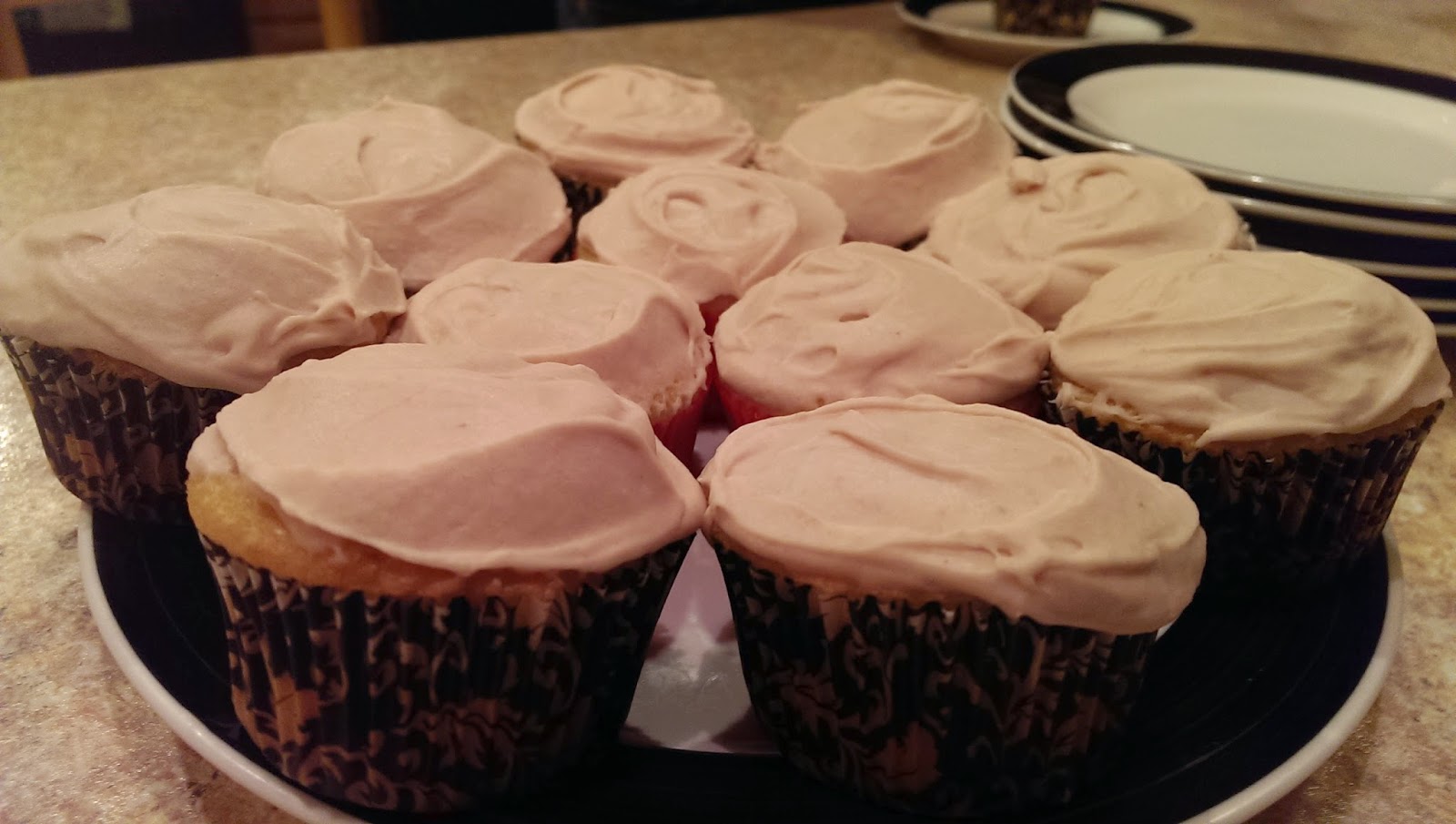It's been another crazy busy week at work and I haven't been able to post as frequently as I'd like but I wanted to give you a quick update on my left big toe.
As mentioned before, my big toe on my left foot has been giving me some issues lately. I was diagnosed with pseudo gout, but my primary care physician and orthopedic doctor were skeptical after reviewing my presenting symptoms and medical history. After some blood work, all things gout-related were ruled out.
So that left the orthopedic angle- I met with my ortho last week and he ordered an MRI to confirm what he suspected: Osteoarthritis, also known as OA. From the Mayo Clinic's website:
"Osteoarthritis is the most common form of arthritis, affecting millions of people worldwide. It occurs when the protective cartilage on the ends of your bones wears down over time.
Although osteoarthritis can damage any joint in your body, the disorder most commonly affects joints in your hands, knees, hips and spine.
Osteoarthritis often gradually worsens, and no cure exists. But staying active, maintaining a healthy weight and other treatments may slow progression of the disease and help improve pain and joint function."
So basically, plain, old
arthritis. At my ortho appointment on Wednesday, my ortho took lots of time
explaining what this means for me. He believes that there are two things that
helped to create OA in my left big toe: a genetic bone deformity (bunion
deformity or hallux valgus) coupled with use- i.e., walking, running, kneeling,
etc. In short, this was bound to be a problem for me at some point.
On the MRI and x-rays, there is
some damage visible. Mainly, the development of subchondral cysts, narrowing of
the joint space, and some osteophyte formation (bone spurs). The plan is to
avoid surgery as long as possible- hopefully this joint will last another 30
years before we need to intervene at that level :-)
 |
| Images from my latest MRI. |
What does that mean for my running? Not too much at this point. My doc says to back off when the pain flares up; keep swimming/cycling/strength training; and visit a podiatrist to talk about footwear and inserts. An important point he made was that I should absolutely keep moving and being active. One of the worst things a person with OA can do is to stop moving the affected joint: "If you don't use it, you lose it."
I've got an appointment with a local sports medicine podiatrist scheduled for the 16th to discuss shoes best fit for OA in the big toe and possibly getting new inserts for my shoes. I'm also going to check out some alternative therapies including acupuncture, yoga/tai chi, glucosamine and chondroitin supplements.
After a lot of thought, I'm also going to back off on the amount of running I am doing each week- instead of three runs a week, it may just be one or two. I am hopeful that I can still continue to train for half and full marathons by running less and doing cross-training a bit more.
That's the plan for now- as always, I'll let you know how and when it changes :-)
Anyone else have OA? What pain-relief strategies have worked for you?
That's the plan for now- as always, I'll let you know how and when it changes :-)
Anyone else have OA? What pain-relief strategies have worked for you?








.jpg)


.jpg)







